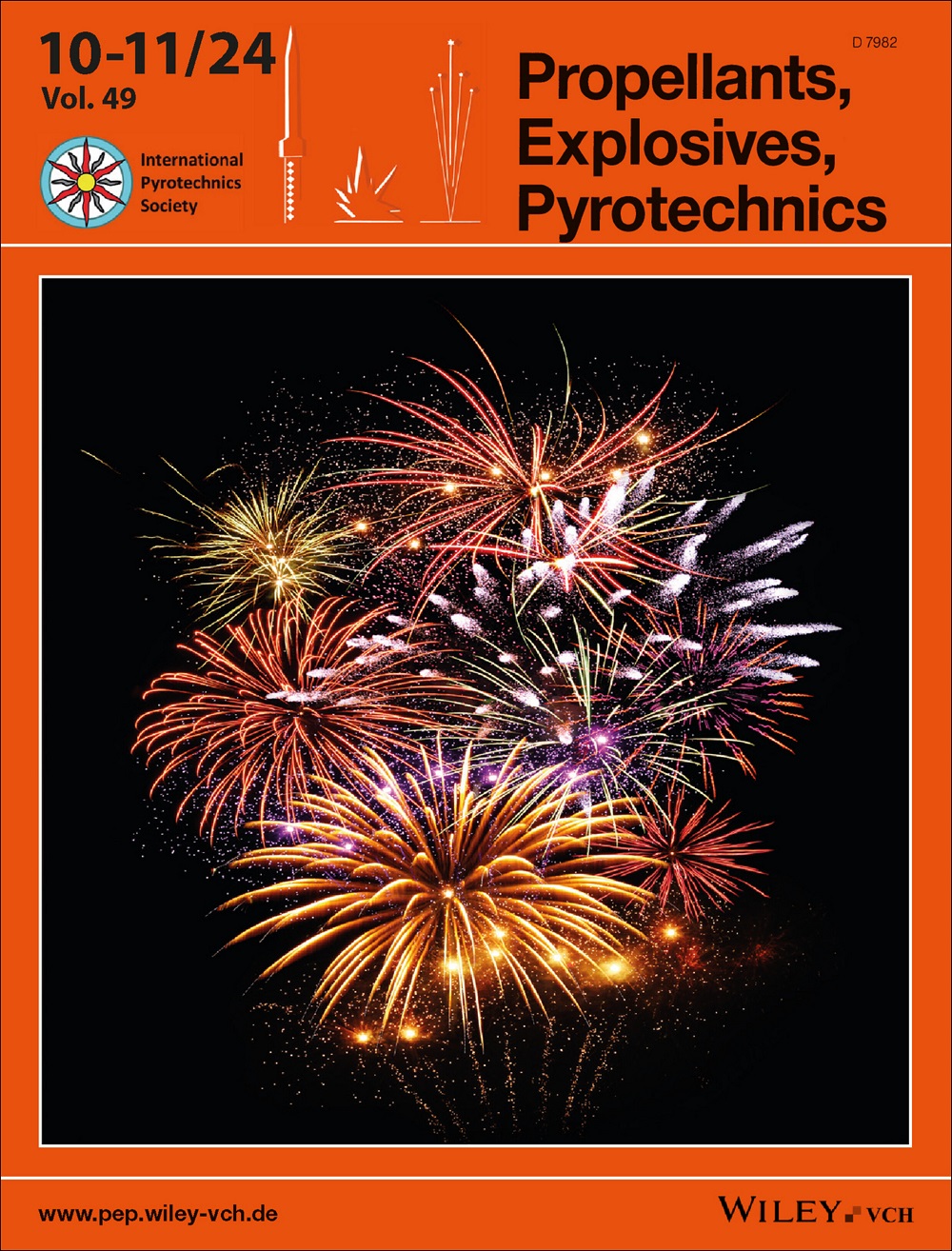Processing of reactive Ni−Al powders via the LabRAM**
IF 2
4区 工程技术
Q3 CHEMISTRY, APPLIED
引用次数: 0
Abstract
Reactive Ni−Al materials have been developed using a variety of methods, with high energy ball milling (HEBM) being one of the most common means for tailoring reaction behavior. Powder production limitations associated with HEBM, including the addition of process control agents, have inspired the exploration of an alternate manufacturing technique: acoustic dry milling with the Resodyn Laboratory Resonant Acoustic Mixer (LabRAM). The influence of acoustic milling time, intensity, and media size with respect to microstructure and reactive behavior of Ni−Al powders were evaluated in this work. After just 20 min of milling, a reactive composite Ni−Al microstructure was produced. Milling intensity and media size were directly proportional to the formation of more homogeneous composite powders. The reaction onset temperature was decreased to 446 °C, or ≈200 °C lower than that of unprocessed material. The method shows promise for the production of reactive powder for a host of applications.通过 LabRAM 加工活性镍铝粉**
反应型镍铝材料的开发采用了多种方法,其中高能球磨(HEBM)是定制反应行为的最常用方法之一。与 HEBM 相关的粉末生产限制(包括添加过程控制剂)激发了对另一种生产技术的探索:使用 Resodyn 实验室共振声学混合器 (LabRAM) 进行声学干磨。这项工作评估了声学研磨时间、强度和介质大小对镍铝粉末微观结构和反应行为的影响。仅经过 20 分钟的研磨,就产生了反应性复合镍-铝微观结构。研磨强度和介质大小与形成更均匀的复合粉末成正比。反应起始温度降至 446 ℃,比未处理材料的温度低≈200 ℃。该方法显示了生产反应粉末的广阔前景。
本文章由计算机程序翻译,如有差异,请以英文原文为准。
求助全文
约1分钟内获得全文
求助全文
来源期刊

Propellants, Explosives, Pyrotechnics
工程技术-工程:化工
CiteScore
4.20
自引率
16.70%
发文量
235
审稿时长
2.7 months
期刊介绍:
Propellants, Explosives, Pyrotechnics (PEP) is an international, peer-reviewed journal containing Full Papers, Short Communications, critical Reviews, as well as details of forthcoming meetings and book reviews concerned with the research, development and production in relation to propellants, explosives, and pyrotechnics for all applications. Being the official journal of the International Pyrotechnics Society, PEP is a vital medium and the state-of-the-art forum for the exchange of science and technology in energetic materials. PEP is published 12 times a year.
PEP is devoted to advancing the science, technology and engineering elements in the storage and manipulation of chemical energy, specifically in propellants, explosives and pyrotechnics. Articles should provide scientific context, articulate impact, and be generally applicable to the energetic materials and wider scientific community. PEP is not a defense journal and does not feature the weaponization of materials and related systems or include information that would aid in the development or utilization of improvised explosive systems, e.g., synthesis routes to terrorist explosives.
 求助内容:
求助内容: 应助结果提醒方式:
应助结果提醒方式:


